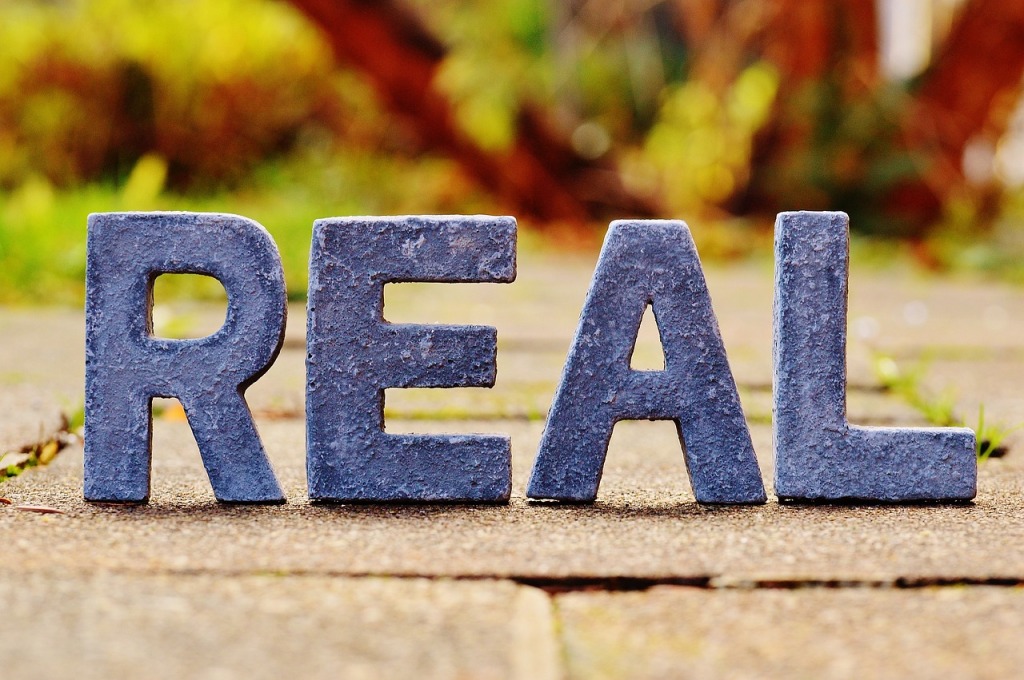Our very first project of the ADL program was to develop an innovation idea, write an innovation proposal, do a literature review of our innovation topic, and develop an implementation plan.
Talk about facing the reality that this learning experience would not be like every one before it. I would say, from the very beginning, that the significant learning environment the ADL program created (CSLE) made my choice, ownership, and voice in an authentic environment (COVA) apparent to me.

I started advising for the ADL program in July 2021, along with several other online graduate M. Ed. programs. When I decided to move from on-campus undergraduate programs to online graduate programs, I finally reached a point in my professional career where I knew I wanted to use my knowledge, relationships, skills, and abilities to improve things at our institution for our learners. I remember telling my new supervisor that I wanted to be her assistant director someday, so I was there to help her and would offer suggestions for improvements as I saw them. During my time advising, I helped implement degree audit templates that would outline course by course semester by semester to improve graduation projections. I added informational notes for program applications, exam and licensure requirements, and even graduation application reminders to help students plan their educational journey. Collaborating with the university registrar, I built and utilized block scheduling with mass registration opportunities to increase registration efficiency to provide additional advising time for students struggling, in need of modifications, or returning out of rotation. I incorporated proactive notification processes for drop cycles to help inform and limit drops due to missing documents or lack of payment arrangements. I learned everything I could about the different programs I advised and connected with the department contacts who could clarify student confusion and misinformation. I knew I wanted to use my innovation to help others and help myself. For my then ten years of experience, I had said too many times, “There must be a better way,” and now I had the opportunity to propose one.
How did COVA make you feel?
My journey began in January 2022, and by March 2022 (one week after the start of my second course), I was writing about feeling lost down so many rabbit trails. Igniting my learners’ mindset, I soaked up every resource thrown my way. I learned about primary sources and developed the habit of following source materials linked in citations. I also understood Dr. Harapnuik’s approach to learning and knew that I would learn so much more by following every link within and cited in his writings. This thirst for information could sometimes be overwhelming, and I often re-read the learning outcomes, module topics, sourced materials, and assignment instructions to better understand the learning opportunity Dr. Harapnuik had curated for us through the COVA approach.
I am old school in many of my learning techniques, so I still keep notebooks for every course. I quickly struggled to organize my materials because I would bounce from discussion sources to class call notes, module readings, related searches, and random Google Scholar search term journies to target and refine my innovation idea. I have tried organizing my 5 subject notebooks into categories like modules, class calls, and discussions, but inevitably, each time, one section would intermingle with another section, or I had copious amounts of notes that overflowed a designated section of my organizational system. I decided to believe Dr. Harapnuik, Dr. Thibodeaux, Seth Godin, Simon Sinek, Sir Ken Robbins, and many others and really get to the heart of how I could impact my organization.
I found myself thinking about my innovation idea all the time. I rather quickly realized that this program and my ePortfolio could work for me. I used my ePortfolio to record, reflect, and analyze this learning journey. I consistently contemplated ways that I could flip the relationship so that instead of providing repetitive answers, I could give a self-serve resource that some students would use intuitively and others would only use the sections linked to them, but in both cases, students had an opportunity to take ownership of their learning opportunity. I would go to bed at night thinking about it. I would wake up in the morning thinking about it. How was I going to change the world?
Harapnuik, D. (n.d.-a). COVA. It’s About Learning. https://www.harapnuik.org/?page_id=6991
Harapnuik, D. (n.d.-b). CSLE. It’s About Learning. https://www.harapnuik.org/?page_id=849
